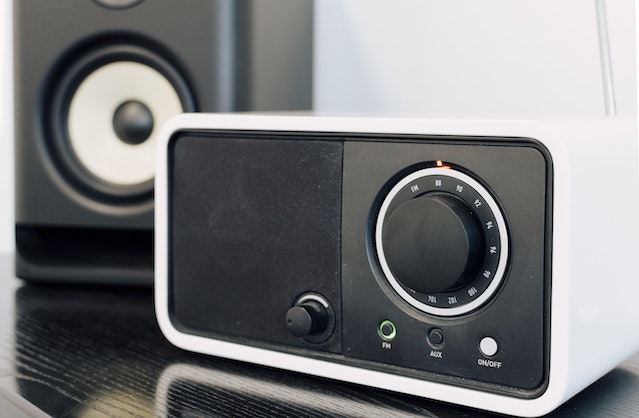Consumer electronics have made great strides, from the boombox to Bluetooth headphones. yearly, there are new inventions that change the way we live, work and communicate. To see how consumer electronics have influenced our lives, we must look at their history. This journey through the development of consumer electronics is eye-opening and provides valuable context for how much has been accomplished in such a short time. With each new device and technology, we become more connected to each other and the world around us. Come with us as we explore the rise of consumer electronics, from the boombox to Bluetooth, and what lies ahead.
The early years: The rise of the Boombox
The invention of the boombox resulted in a major shift in portable music players. Early models were large and not very practical to carry around, but they quickly gained popularity and became symbols of popular culture. The boombox allowed people to take their music with them everywhere they went, which spawned a new musical culture that revolved around portable electronics. These early devices came equipped with cassette tape playback, AM/FM radio tuners, and equalisers for customised sound – a preview of the advanced audio capabilities found in today’s consumer electronics products.
The Walkman era
When the Walkman first hit the market, it revolutionised how people consumed music. It was more compact than earlier models, so you could carry it with you wherever you went. Plus, it had superior sound quality and was more durable than other portable music options at the time. Initially, the Walkman only played cassette tapes, but eventually CD players were incorporated into later models.
The CD player revolution
The introduction of CDs and CD players signified a momentous event in the history of consumer electronics. With better sound quality and durability than cassette tapes, as well as greater portability and ease-of-use, CDs quickly became the dominant format for listening to music. This innovation meant that people could bring their entire music collections with them wherever they went, making on-the-go listening more practical than ever before. In addition, the arrival of CD players also inaugurated a new stage for portable music players, which were smaller and more lightweight than home stereo systems at the time. Although digital music technology would eventually overthrow CDs as the preferred format, CD players nonetheless played a fundamental role in preparing the landscape for today’s consumer electronics industry.
The digital age: MP3 players and beyond
When digital music technology became popular, it marked a turning point for consumer electronics. This was because people could now store thousands of songs on one device using an MP3 player or digital file. It became convenient to listen to music whenever and wherever because of this development. Additionally, MP3 players were much smaller in size than CDs or cassette tapes, so they were more portable. Lastly, new wireless technologies emerged during the digital age, such as Bluetooth and WiFi. These technologies paved the way for modern-day smartphones which have changed how we interact with media entirely.
Wireless technology: The Bluetooth era
The era of Bluetooth signified a crucial moment in the development of consumer electronics as it allowed for wireless streaming on various devices. This new technology let users connect their devices to speakers and headphones without any cables or wires needed; making it simpler than ever before to listen to music while mobile or connecting devices such as laptops to car stereos. Additionally, Bluetooth led the way for other wireless technologies such as Wi-Fi and NFC that offer heightened levels of connectivity. Presently, Bluetooth is a standard feature among most consumer electronics like phones, laptops, headphones, and speakers; offering people the opportunity to effortlessly listen to music whenever they desire.
The future of consumer electronics
Consumer electronics are in a constant state of flux, with new technologies emerging constantly to change the way we interact with our surroundings. Right now, one of the hottest trends is wearable technology: smartwatches and fitness trackers that let people keep an eye on their physical health while they’re on the go. However, wearable tech isn’t the only area where things are heating up; virtual and augmented reality are also beginning to take off in a big way and have the potential to totally change how we consume media content. Additionally, few areas of consumer electronics will remain untouched by wireless connectivity, artificial intelligence or voice recognition technology in the next few years. All things considered then, it seems safe to say that bright things are on the horizon for consumer electronics as a whole!

